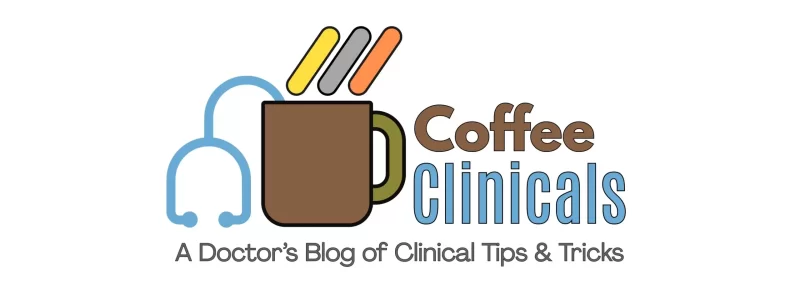
Funny how time can turn things around 180 degrees! Like how lobsters were once shunned as the food of the inmates and the ‘slaves’ and now its an expensive delicacy, how a person might be standing one second & then be down passed out the next and be awake again in a few seconds again….syncope! There was a time when Fainting-couches were a status-symbol. And now it’s just another item on my list of disliked diagnoses in the ranks of hyponatremia, vertigo, confusion, etc, where answers are not always clear. Indeed up to 30-40% cases of syncope are never solved.
So here are steps to make it easier to figure out a case of syncope:
- Ask about the “Before, During, and After” of the syncopal event and the same about prior pre-syncopes / syncopes. This is a high-yield line of questioning that can give you vital clues about the cause.
- Rule out “syncope-mimics” (see below) since some can be deadly (A true Syncope is a transient Loss of CONSciousness from cerebral hypoperfusion).
- Remember this mnemonic to recall overall syncope causes to help with history-taking & logical investigations.
💡Syncope = Loss of CONSciousness
C – Cardio-vascular (abrupt or exertional)
O – Orthostatic (often postural) – including “Weight Loss” Syncope
N – Neurocardiogenic (Vasovagal) -often situational, most common. AND Carotid Sinus Syndrome
S – Sporadic Causes AND S – “Syncope-mimics” (always give these a thought)
Let’s talk about these a little more: (Some of these causes can overlap/coexist)
C – CardioVascular causes: These tend to be abrupt without prodromal symptoms or exertional. As said before, to recall Cardiac causes, simply think in terms of layers of the heart: pericardial issues, muscle (HOCM / MI ), Valves ( e.g Aortic stenosis), Nerves (arrhythmias). For Vascular causes, think of Pulmonary-side vasculature (Pulm HTN, PE), and aortic-side vasculature (Subclavian steal, Carotid stenosis). (Get ECHO if no recent done, Electrolytes including Mag, Troponin, consider Holter monitoring.)
O – Orthostatic (postural): Due to low intravascular Volume [dehydration/anemia/bleeds/diuretics] or low Vascular tone [vasodilators, adrenal insufficiency, dysautonomia (e.g parkinsons, GBS, diabetes, etc), carcinoid]. In fact, most of the causes that we went over in the awesome SHOCKED mnemonic for hypotension could cause this. Note that you will not always get a textbook style BP drop on checking orthostatic BP (supine, sitting & standing BP) and diagnosis can be missed since they can often manifest with just HR shooting up (POTS) or missed due to early drop & normalizing OR a delayed drop in BP . So if person may have stood up and walked around for a while before syncope on history-taking, suspect that.
N – Neurogenic: Includes Neurocardiogenic also called Vasovagal or Reflex syncope AND Carotid Sinus Syndrome. Vasovagal is the most common type of syncope, tends to be situational or a vagal reflex to an event prior to syncope often gives a clue – such as pain, emotional stress, cough, micturition etc.
S – Sporadic causes! These are rare causes to think about if nothing else is panning out in your patient especially if recurrent. Carcinoid syndrome, Systemic Mastocytosis (Case 1 & Case 2), post-prandial hypotension syncope, etc. are some examples
S – Syncope mimics: Non-syncope conditions can be transient and mimic a syncope but tend to be longer and patients sicker after the event – Low Sugar (including post-prandial hypoglycemia due to NIPHS), Stroke/TIA, Sepsis, SDH/SAH bleeds, Systolic BP elevation (PRES), Seizure, Stress Hyperventilation or breath-holding, Sleep disorder (Cataplexy), can even include a Saddle Pulm Embolism in this list, which can spontaneously break up and restore circulation.
Don’t miss these fun posts! Subscribe via email 📩 | |
